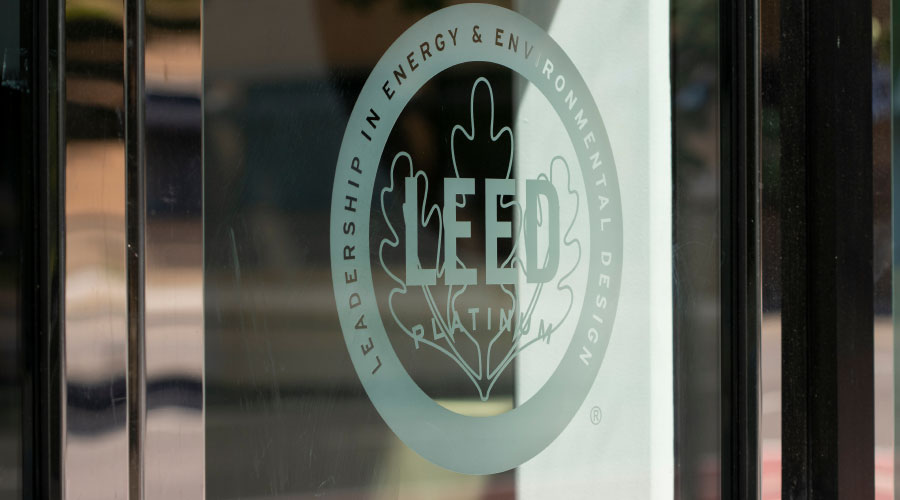Avoid Common Mistakes When Look At Water Efficiency Improvements
Are there common mistakes facility managers make when setting about improving their facility’s water efficiency? What are they and how to avoid them?
Let’s first state common mistakes are easy to make. That’s why they’re common. With that being said, installing any new product without performing due diligence is the most common mistake and relates to nearly all products and systems. Do your research by beta-testing new products in a controlled environment to see if they meet your use and savings expectations. If not, try again until you find the right product or move on to another idea. Ask your colleagues about their water-efficient fixtures, equipment and systems they are utilizing or best yet, talk to your favorite plumber. Not only will the professional plumber know what products work best, they will also be able to find the ones that offer reliability at the most competitive price, which in turn will reduce your payback period.
Specific “lessons learned” examples may include installing 0.5 GPM faucets that work perfectly in most all applications, but later realizing the decreased water use allows soap and scum build-up in the drain resulting in blockages requiring maintenance. This list may also include installing waterless urinals without proper maintenance in place resulting in unwanted odor or possible crystallized drain build-up. If you currently have drainage problems, reducing the water flow may exacerbate the problem and require the drainage problem to be addressed prior to installing water efficient products. Lastly, another common problem is taking the step of having the building surveyed by a water auditor and then replacing their recommendations with untested or less expensive fixtures and equipment expecting the same maintenance, effectiveness and savings presented by the water audit report which, in most instances, does not occur.
Answers provided by Troy Aichele, LEED AP, principal, Aichele & Associates, LLC
Related Topics:













